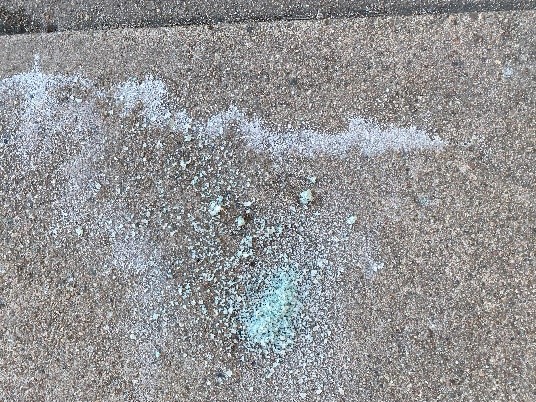Melting Snow is Stormwater Run Off

When we think of stormwater runoff we often think of rain. Snow melt during winter can also become stormwater runoff and carry pollutants to surface water.
During winter the ground is usually frozen and melting snow cannot infiltrate into soil as a light rainfall will do. Depending on the amount of snow, this can lead to increased runoff during winter.
If snowfall builds up over a number of storm events and melts all at once, this can lead to a major event of stormwater runoff carrying pollutants to surface water. It can also cause flooding.
In winter, along with sediment, litter and plant debris like fallen leaves, de-icing salts and chemicals also become pollutants. When melting snow flows into storm drains, pollutants are carried directly to surface water.
To help manage melting snow to reduce flooding and runoff pollution, here are some tips from Penn State University:
- When piling snow after shoveling or plowing, choose locations where snow will have the most opportunity to infiltrate instead of becoming stormwater runoff. Pile snow in areas where there usually isn’t ponding during spring rains, on relatively flat areas, and away from sensitive areas like streams, ponds, and a private well if you have one.
- If you have a rain garden, pile snow uphill from the rain garden so melting snow flows into the rain garden.
- Clear downspouts to allow melting roof snow to flow and not collect at the home’s foundation.
- Make sure the nearest storm drains are clear. Do not pile snow on storm drains and be sure the snow plow has not piled snow over storm drains. Clear away snow that may have been pushed onto the storm drains by passing cars.
- Use de-icing chemicals and salts judiciously. Use what you need to make your walkways and driveways safe, but try to avoid spreading around sensitive areas like waterways and private wells. Read the label when using these products. More salt does not equal more melting snow. Follow product instructions when spreading deicing material and give it time to work. Sweep up any material remaining after the snow or ice melts.
- Postpone outdoor construction projects in winter when you can't establish new vegetation to reduce soil loss and muddy runoff.
- Pay special attention to places that are eroding during snow melt, and make plans to improve these areas in spring using plants to slow and stop erosion, like native grasses, prairie plants, or native trees and shrubs
Source: https://extension.psu.edu/melting-snow-its-stormwater-too
This article was reviewed by Tom Franti
Sign up for updates from UNL Water
